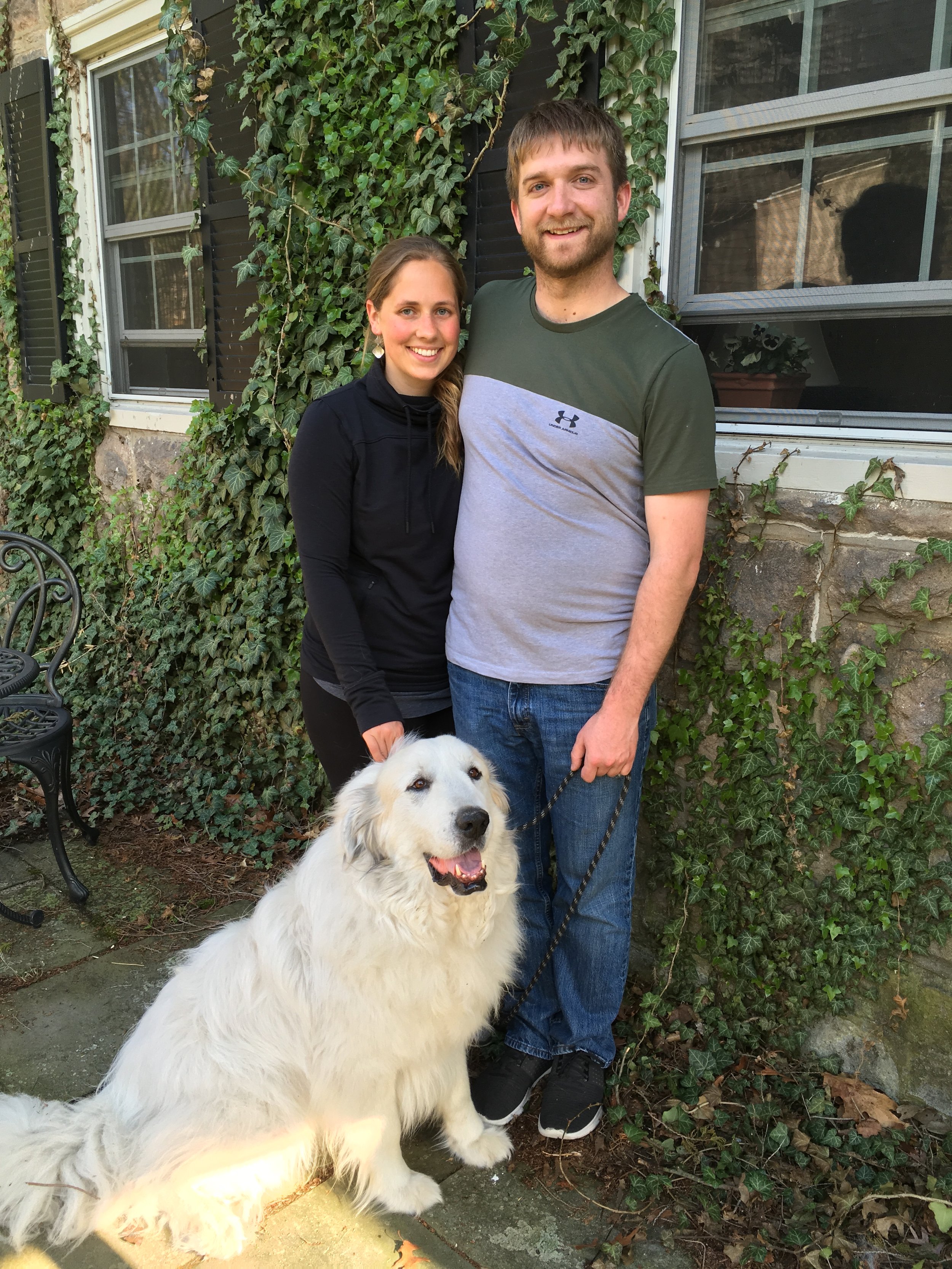The pandemic is still ongoing, in case you hadn’t noticed. Worse now, if that’s even possible. Sometimes, I think back to when it started, and how we all locked down so quickly. We sold out of toilet paper! Everybody got to work from home.
And now… cases are sweeping through the nation. People are going to work like everything is normal. But it’s not. And it likely never will be again.
The image below is my very first piece of quarantine art. It seems so long ago, and yet, not long ago at all.
When we first went into lockdown, I spent the first month very stressed out, overwhelmed, and confused. Eventually, I decided I needed to manage my feelings, so I quit drinking, set up an exercise schedule, and began to draw.
When I first sat down to do art, my biggest problem was that I didn't know what to draw. It had been a long time since I’d had a regular practice. So I drew a line. And then another. And then another.
The rules were: there's no such thing as a bad line. Keep going. You have to finish, no matter how you feel about it.
It turned out, this was a very good set of rules for me. I tend to rush through art, so this forced me to slow down and take it one line at a time. I also tend to abandon art if I don't like it halfway through, so this forced me to keep pushing forward even if I didn't like it in the middle (spoiler: I almost always like a piece when it's done, even if I hate it in the middle).
Finally, forcing myself to keep going made it so that I kept having to come back to art, even when I didn't feel like it, because I needed to finish every piece and fill every page.
This process turned out to be almost meditative to me. I'd throw on a TV show in the background, crawl in bed with my sharpies and a sketchbook, and several hours later, I'd emerge with a new piece of art and a new sense of calm.
This approach has worked wonders for me over the years (yes, I can say that because it’s been years plural since the pandemic began). Hopefully, I will continue to make art well into my 90s.
For more updates and art, join my Patreon!









































































































































